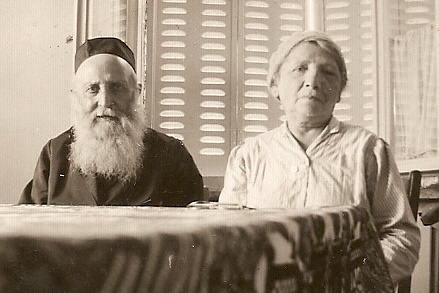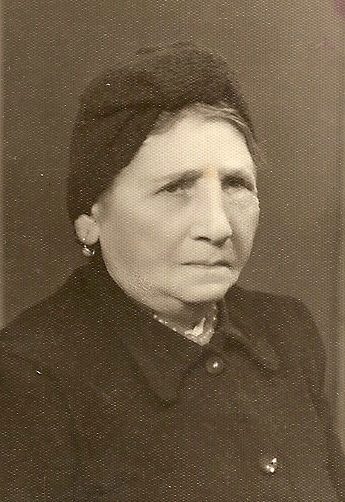 |
| Contents: |
| Rǎducǎneni Home Page |
| History |
| Pre-Settlement |
| A
Vanished
World |
| Julian
Calendar |
| Cemetery |
| River
Prut |
| Views |
| Jewish
School |
| Family
Album |
| In
Memoriam |
| The Hora |
| Links in Rǎducǎneni |
| Jewishgen Links |
| Link to Iasi |
| Link
to Husi |
| Compiled
by
Marcel
Glaskie Contact: Marcel Glaskie Dated: July 2010 Copyright © 2010 Marcel Glaskie Webpage Design by Marcel Glaskie |
| Family Album |
||||||||||
| Jacobs |
||||||||||
| Family |
||||||||||
| Naturalisation Document |
||||||||||
|
ISAIAH JACOBS -- of the Jewish community
of
Estimated year of birth – c.1860
Died
c. 1946-7,
Daughter
Annie, the eldest child, was by then married
(to Sol Adler – a businessman), had a daughter (Eva)
followed by two
sons (Ben
and Phil), and lived in
One
of the Jacobs' sons, Bernard, fought in the Great
War (1914-1918) and tragically fell at Gallipoli. His
body was never
identified.
Subsequently both Millie (married to Jacques Levy --
businessman) and
Isaiah,
according to
(The
present writer remembers having three such
machines in our attic at
Naturally
his wife Hannah had no choice but to go with
him.
The present writer met her widowed Grandmother only many
years later,
when the
family brought the old lady from
Written by Valerie Arnon,
Home Page Răducăneni



